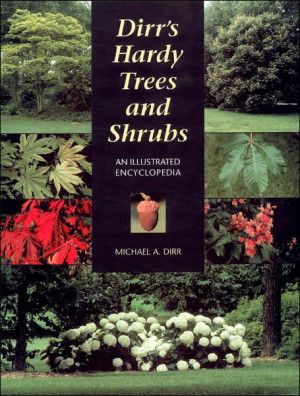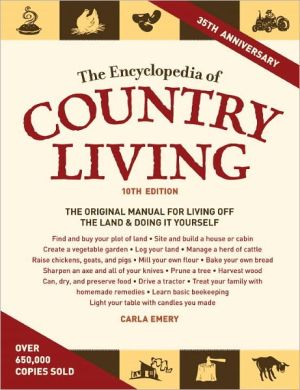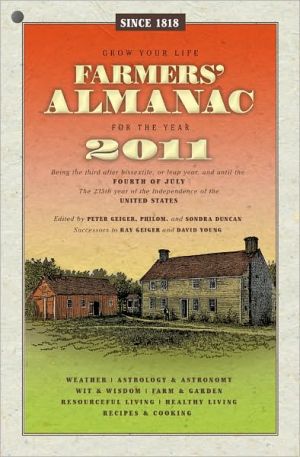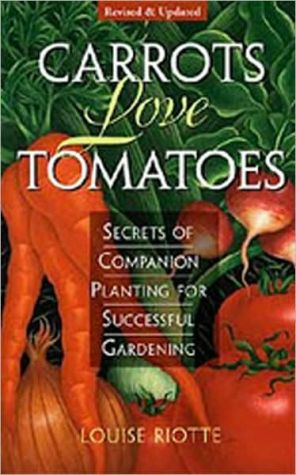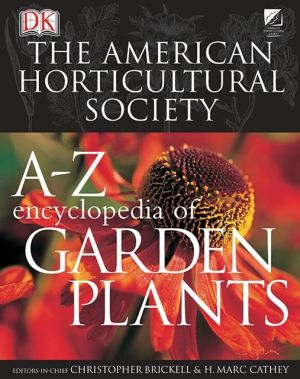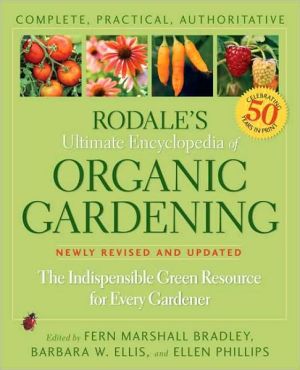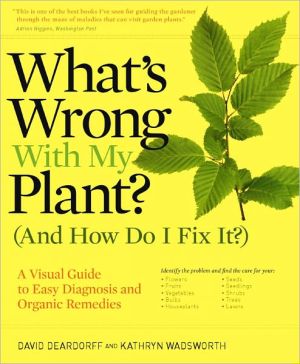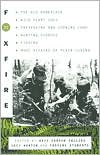Dirr's Hardy Trees and Shrubs: An Illustrated Encyclopedia
This bestselling encyclopedia, illustrated with brilliant photographs, describes the best woody plants adapted to cooler climates, showing both habit and details of more than 500 species, and including some 700 additional cultivars and varieties. Brief cultural information is supplied for each plant, as well as Dirr's perceptive comments and opinions.
Search in google:
This bestselling encyclopedia, illustrated with brilliant photographs, describes the best woody plants adapted to cooler climates, showing both the habit and details of more than 500 species, plus 700 additional cultivars and varieties. Brief cultural information is supplied for each plant, as well as Dirr's perceptive comments and opinions. Sunset "Though my shelves sag under the weight of books about trees and shrubs, there's still space for a pictoral encyclopedia that does the subject justice."—Sunset, February 2000
\ I hope the book provides a measure of inspiration for the plants and incites the readers to search them out for their gardens and landscapes.\ Aesculus parviflora, Bottlebrush Buckeye\ Truly one of the best native shrubs for late-spring and early-summer flower. This broad-mounded, suckering shrub can colonize a large piece of real estate. The wonderful coarse-textured, dark green leaves are composed of five to seven 3- to 8-in.-long leaflets that turn rich butter-yellow in fall. The 8- to 12-in.-long, bottle-brush-shaped inflorescences contain hundreds of white, four-petaled flowers with pinkish white stamens that stand out an inch from the petals. The inflorescences occur at the ends of the branches and are held upright. Interestingly, this species flowers almost as prolifically in shade as in sun. Smooth, 1- to 3-in.-long, pear-shaped, light brown capsules contain one or two shiny, light brown seeds. Bottlebrush Buckeye requires moist, well-drained soils for best growth, although quality specimens are found in every conceivable situation. Transplant balled and burlapped or from a container. Ideal for underplanting in woodlands or for use in shrub borders and large masses. Grows 8 to 12 ft. high, 8 to 15 ft. wide. Zones 4 to 8 ...\ Calycanthus floridus, Sweetshrub, Carolina Allspice\ One of the great treasures of eastern North America, especially the open-grown specimens that develop into large, roundish shrubs and offer wonderfully fragrant, brown-maroon flowers in April and May. Truly an old-fashioned heirloom plant that I have found in many old gardens. It offers a sense of permanence and purpose ... Always buy the plant in flower to insure pleasing fragrance ... Zones 4(5) to 9 ...\ Parrotia persica, Persian Parrotia\ I love this tree: the clean summer foliage; the yellows, oranges, and reds of autumn; the cream, green, gray, and brown exfoliating bark; and the small, maroon flowers that glow on a late-winter day. Over the years, my travels have led me to many parrotias, no two alike ...
\ Garden Design"Michael Dirr is the acknowledged authority on American trees and shrubs. His book ... is a valuable reference."\ \ \ \ \ Sunset"Though my shelves sag under the weight of books about trees and shrubs, there's still space for a pictoral encyclopedia that does the subject justice."\ \ \ Library JournalA first-class source on the very best garden trees and shrubs. Excellent color photos accompany the well-written plant descriptions, which point out both the positive and negative attributes of each plant, including physical features, hardiness, disease resistance, and growth preferences. A multitude of cross-referenced indexes will help readers find the right plant for each location and desired effect. (LJ 11/15/97) Copyright 1999 Cahners Business Information.\ \ \ \ \ BooknewsOpinionated woody plant expert Michael Dirr presents an illustrated guide to trees and shrubs adapted to USDA Hardiness Zones 3 to 6, although most species listed are also well adapted to zones 7 and 8. There is some emphasis on species native to the Southeastern part of the US. A few plants' cultural requirement are neglected in the author's fervor to describe the plants' merits or demerits; nevertheless, this is a superb pictoral resource presenting a bounty of proven and unusual species. Annotation c. by Book News, Inc., Portland, Or.\ \
